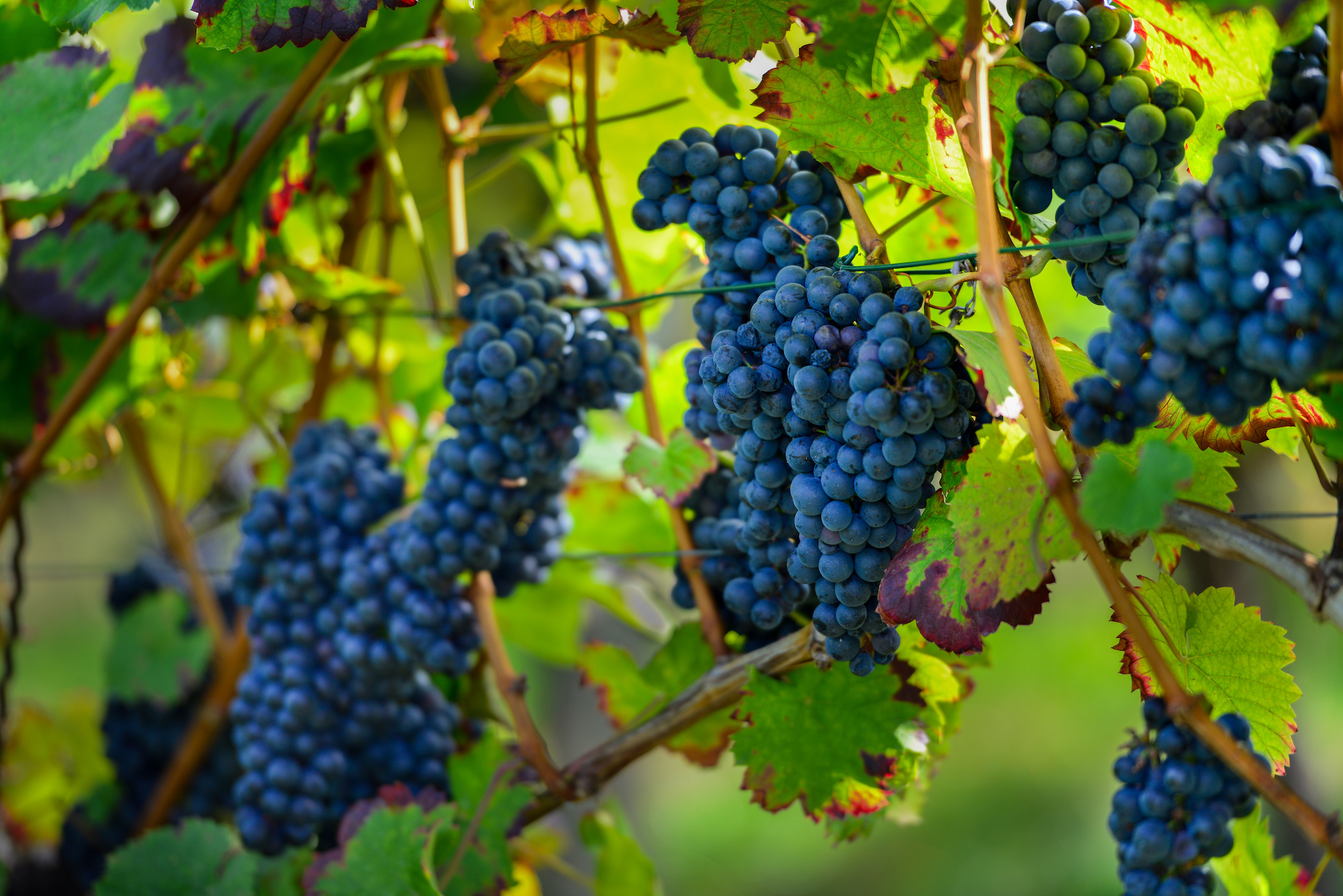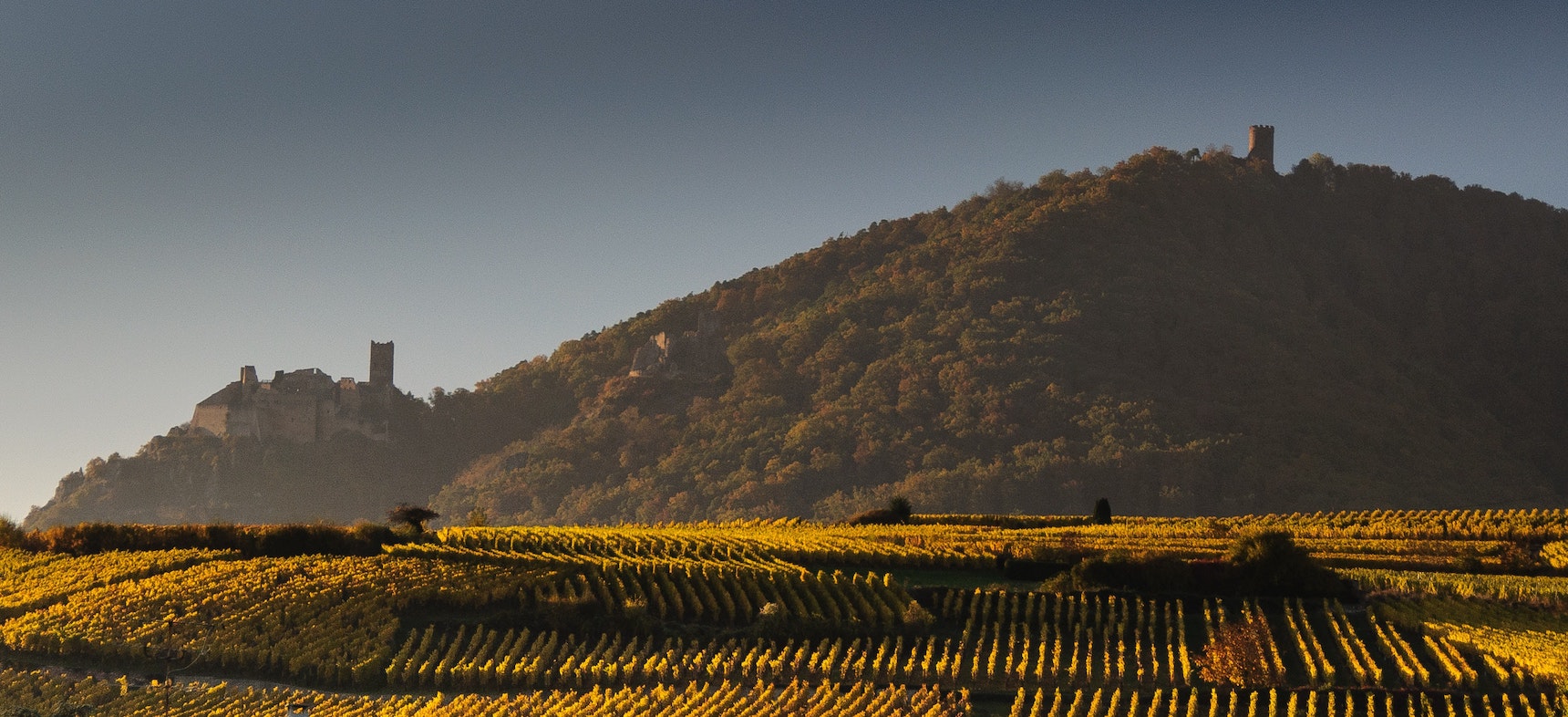What Is Rosé

If asked, many wine drinkers would be at a loss to define how pink wine is produced. Quite justifiably, some would venture that the pale colour must be the result of a blend of red with white wine, a practice not unknown to winemakers of old. Today, that still occurs, but the best rosé is often the result of the process known as saigneé. This ‘bleeding’ of the red grapes is a way of extracting just enough colour and maximum flavour to create a well-tempered rosé. Too much extract, and the wine will be too dark, too tannic in the mouth. Too little, and you have a wishy-washy pink that lacks visual charm and substance in the mouth.
So, making rosé is a skilled affair. Red grapes are harvested in the normal way, brought into the winery where they are crushed; the stems are removed, and the result mass of pulp and skin goes into a storage vat. The skins separate from the rest of the grapy mass, and rise to the top of the tank, to form the ‘cap’. If you wanted red wine, you would encourage this cap to re-submerge frequently and to add intensity of colour and flavour. For rosé, this is not the case, so the pink-tinted juice is drawn off at the base of the tank.
In a way, this procedure is a cross between making red and white wine. For white wine, fresh must (grape juice and pulp) is highly desired and everything happens fast to retain fruit aromas in the finished wine. Red wines seek more structure, and this comes from the skins, home to all that tannic depth we love. Pink wines need a little backbone; this makes them so very food-friendly. But they don’t need to be too substantial. Freshness is another aspect of their charm. It’s a fine balance but well worth the effort.
In certain regions, making rosé is a logical step. In cooler climates such as parts of Germany, French Alsace or Champagne, gaining depth of colour in red wine poses a challenge. English winemakers have found the same thing. A rosé wine or fizz is the ideal way to maximize the appeal of grapes that have seen just enough sun to ripen but not sufficient to yield a hearty red wine.

Winemakers in hotter climes have to keep a close watch on their pink, to ensure it doesn’t suddenly turn too red. The paler red wines of Bordeaux, called clairet, were highly prized by our ancestors, and this is the origin of our modern day term: claret. Pallor added sophistication, it seems. For a truly pale rosé, some winemakers in Provence and elsewhere simply crush and lightly press bunches of grapes (as they would for white wine) and then put the juice into a fermenting vat. Contact with the skins is very brief indeed, and this wine is a delicate shade of pink.
Does paler mean classier when it comes to rosé? Not necessarily. The subtle tones of Provence pink described by tasters as ‘melon’ or ‘lychee’ are aesthetically beautiful and often indicate a sophisticated style of winemaking. Yet a warmer rose-tinted hue in a wine may simply be an indicator of grape type, terroir or tradition. In a nutshell, let your palate be your guide. Don’t judge a pink by its pallor.

